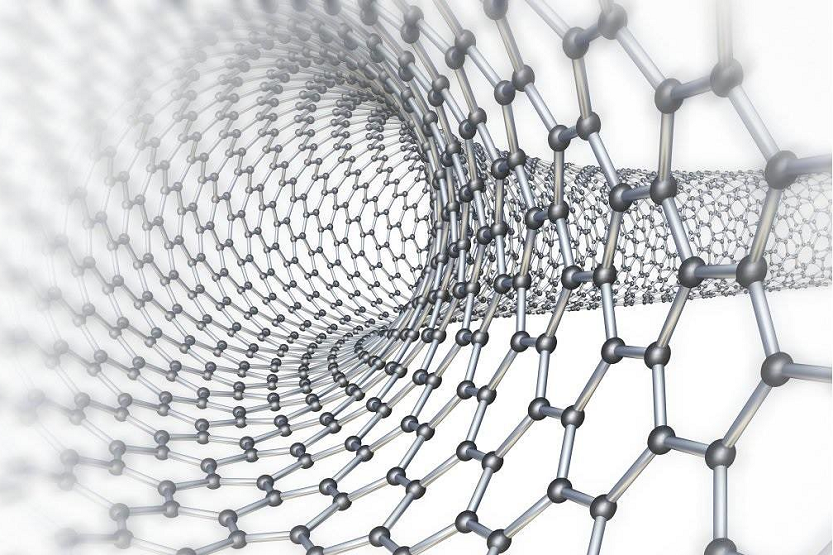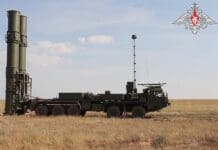This post is also available in:
 עברית (Hebrew)
עברית (Hebrew)
The United States Government has been keen on developing new super fast hypersonic weapons, with more than five different hypersonic weapon development programs currently ongoing. Researchers believe that advancements in nanotechnology will make it possible for weapon systems to survive the friction of traveling through the atmosphere at speeds over Mach 5.
Hypersonic weapons are weapons capable of traveling at over five times the speed of sound, approximately 3,836 miles per hour. The problem with traveling at such great speeds, is that the friction created between the weapon and the atmosphere at such high speeds can cause damage to the weapon due to intense heat building up.
Hypersonic aircraft that have flown through the air several times the speed of sound have regularly had their exteriors heated to hundreds of degrees due to air friction. Popularmechanics.com reports that the SR-71 Blackbird jet usually heats up to 500 degrees Fahrenheit while flying at Mach 3. At Mach 10 speeds, steel will begin to melt, while at Mach 20 speeds, temperatures can reach 17,000 degrees fahrenheit.
Ballistic missiles and spacecraft often too reach incredibly high speeds when re-entering the atmosphere, however these technologies have been built to withstand limited periods of high air friction and heat. Hypersonic weapons will have to be able to withstand high levels of air friction throughout the entire duration of their flight.
To address this problem, scientists at Florida State University are working with nanotubes to solve the heat issue. Defenseone.com reports that carbon nanotubes are a synthetic material consisting of carbon tubes with a one nanometer diameter (one billionth of a meter). Carbon nanotubes are great for insulating against heat and are stronger than steel.
Scientists have also recently discovered that when soaking carbon nanotubes in phenol, the nanotubes increase their ability to disperse heat, therefore needing less nanotubes for the same utility.
Scientist and weapons developers are further studying carbon nanotubes as a lightweight and durable material to be used as the skin for hypersonic weapon systems, and possibly soon enough, hypersonic vehicles.


























